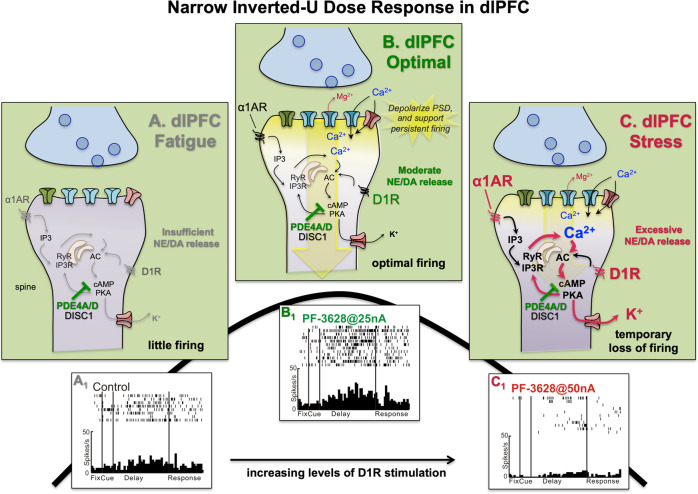Fig. 4. Catecholamines have an inverted-U influence on dlPFC neuronal firing and function.
a Under conditions of fatigue and/or inadequate catecholamine release in dlPFC, there are low levels of dlPFC neuronal firing and impaired working memory function. Under these conditions, there may be inadequate drive on internal calcium release, as well as inadequate phosphorylation of NMDAR, as described in the text. b Optimal levels of catecholamine release in dlPFC enhances delay cell firing in a number of ways. As illustrated here, modest levels of internal calcium release may support persistent firing by depolarizing the PSD, with NE stimulation of α1-AR enhancing IP3R-mediated calcium release, and DA D1R increasing cAMP drive on calcium release. cAMP–PKA signaling also opens nearby K+ channels to provide negative feedback to prevent seizures [183] and allow dynamic regulation of network inputs [54]. K+ channels include HCN channels which are opened by cAMP and are concentrated on spines in dlPFC [71], but not in V1, where they are expressed in their classic location on distal dendrites [30]. HCN channels in dlPFC behave like K+ channels, and may do so by partnering with other K+ channels (El Hassar et al. unpublished). The open state of KCNQ2 channels is increased by PKA signaling; these channels are also localized on dlPFC spines [34]. c Excessive catecholamine release, as occurs with psychological stress or traumatic brain injury, drives high levels of cAMP–calcium signaling, opening large numbers of HCN and KCNQ channels to reduce neuronal firing. A1: An example of a dlPFC delay cell with low levels of persistent firing under control conditions as the monkey performs a working memory task. B1: Iontophoresis of a low dose of D1 agonist onto the same neuron enhances its persistent firing during working memory. C1: Iontophoresis of a high dose of D1 agonist greatly reduces the persistent firing of the dlPFC delay cell, as likely occurs during uncontrollable stress.

